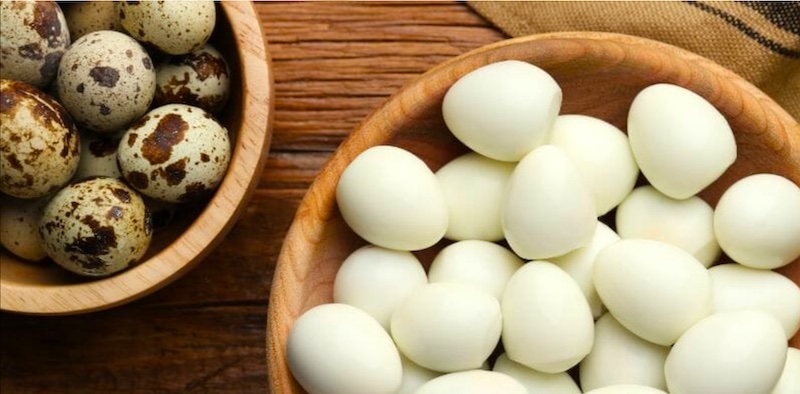
Pickled Quail Eggs? Count Me In!
In this week's Beaverton Farmers Market newsletter, manager Ginger Rapport interviewed a vendor about his favorite new snack, pickled quail eggs! Since I'm up for trying anything pickled, I thought I'd share his recipe here.
Le Petit Jardin, our microgreens grower, makes unique blends of these nutritious greens to use in your salads, brighten your sandwiches, or even use in your smoothies for an additional vitamin and nutrition boost, Michael Hager, the owner, shared with us that he discovered his new favorite thing—pickled quail eggs!
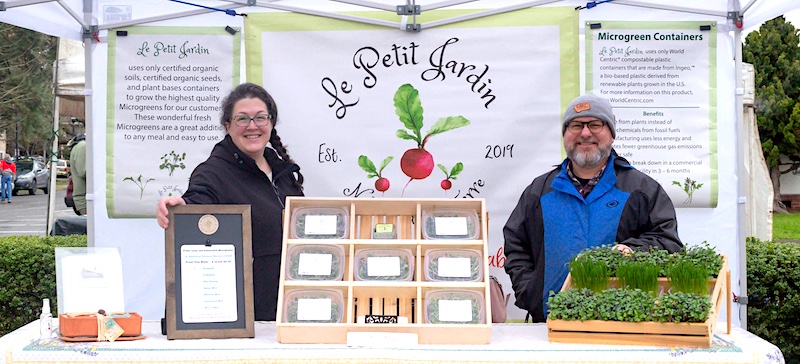
Here is what he wrote:
“As you may know, I started to keep Jumbo Coturnix quails this past summer on my small homestead. Over the past months, I was able to take five Coturnix quails and grow my flock to over 20 quails that are all laying eggs now.
Monday, I was looking at the abundance of quail eggs in the fridge and said to myself, "How can I do something different with them?" I have been making fresh eggs with them every morning. It hit me, why not make some pickled quail eggs? For best results, start this process one week ahead of time to allow the eggs to absorb the flavors of the pickling brine.
Pickled Quail Eggs
For the brine:
1 c. white vinegar or red wine vinegar
1 tsp. Kosher Salt
2-4 whole cloves
8 peppercorns, whole
1 tsp. red pepper flakes or cayenne (optional)
For the eggs:
1 dozen quail eggs at room temperature (not cold)
1 sprig of fresh dill
1 pinch Parsley fresh, chopped
1 jalapeño pepper, sliced crosswise in 1/8" rings (optional)
Bring a medium-sized pan of water to a rolling boil over high heat. Add quail eggs to the water, making sure the water covers the eggs, and set a timer for 3 1/2 minutes. Keep the water at a low boil. While the eggs cook, prepare a bowl of ice water. When the time is up, take eggs directly from the boiling water into the bowl of ice water with a slotted spoon. Cool for three minutes, then gently crack and peel the eggs.
In a small saucepan, bring vinegar to a boil. Add in the kosher salt, garlic cloves, whole cloves and peppercorns. Add additional ingredients, such as cayenne powder or red pepper flakes, if you desire. Stir to combine until the salt is fully dissolved. Remove from heat but do not allow to cool completely.
Place your sprig of fresh dill and a pinch of chopped parsley in the bottom of a one-quart Mason jar. Add jalapeños at this stage if you’ve chosen to use them. Place the peeled quail eggs in the jar on top of the dill and parsley. Pour the hot pickling brine over the eggs. Use a knife, fork, spoon, or chopstick to carefully move the eggs around to ensure there are no air bubbles in your pickling mixture. Place a lid on the jar. Store in your refrigerator for 1 week before enjoying so the eggs have time to absorb the flavors of the brine.
To serve, slice them up for salads or just eat them right out of the mason jar as a nice afternoon snack.
NOTE: Pickled quail eggs will last for up to 3 months in the refrigerator.
Check out my series on fermentation!



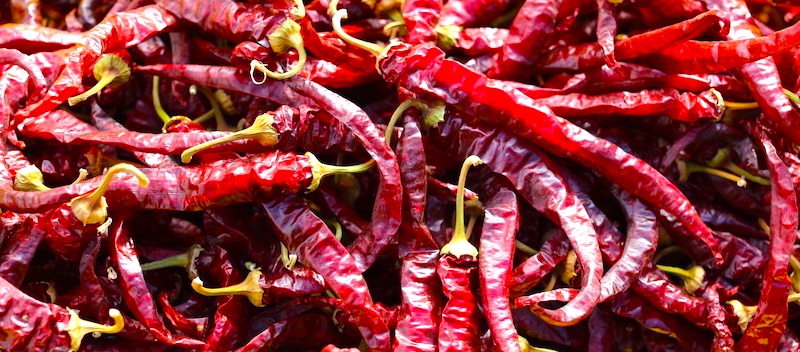
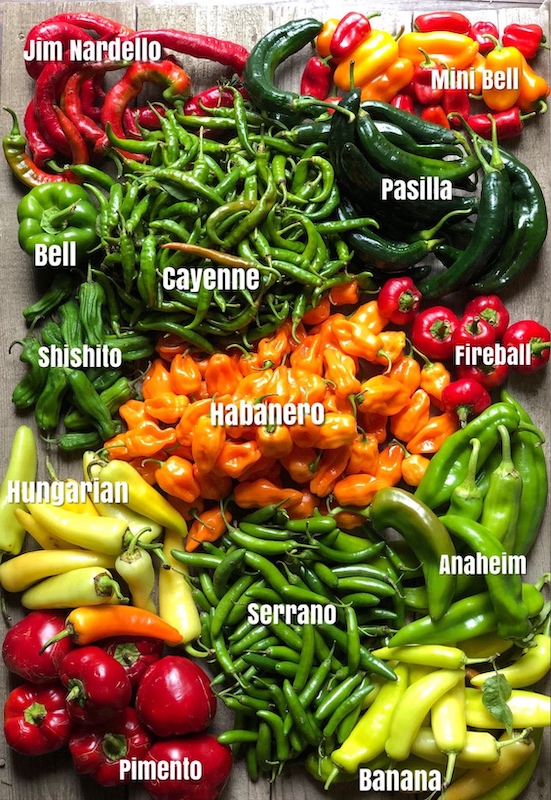 The chemical in chile peppers that gives them heat is capsaicin which is technically a neurotoxin. It stimulates the adrenal glands to release hormones, which theoretically creates an energy rush. The fiery sensation you feel also triggers the brain to produce endorphins, natural painkillers that promote a sense of well-being and stimulation. They can also make you sweat, which is your body’s natural air conditioner. This may explain why chiles figure prominently in cuisines in and around the tropics.
The chemical in chile peppers that gives them heat is capsaicin which is technically a neurotoxin. It stimulates the adrenal glands to release hormones, which theoretically creates an energy rush. The fiery sensation you feel also triggers the brain to produce endorphins, natural painkillers that promote a sense of well-being and stimulation. They can also make you sweat, which is your body’s natural air conditioner. This may explain why chiles figure prominently in cuisines in and around the tropics.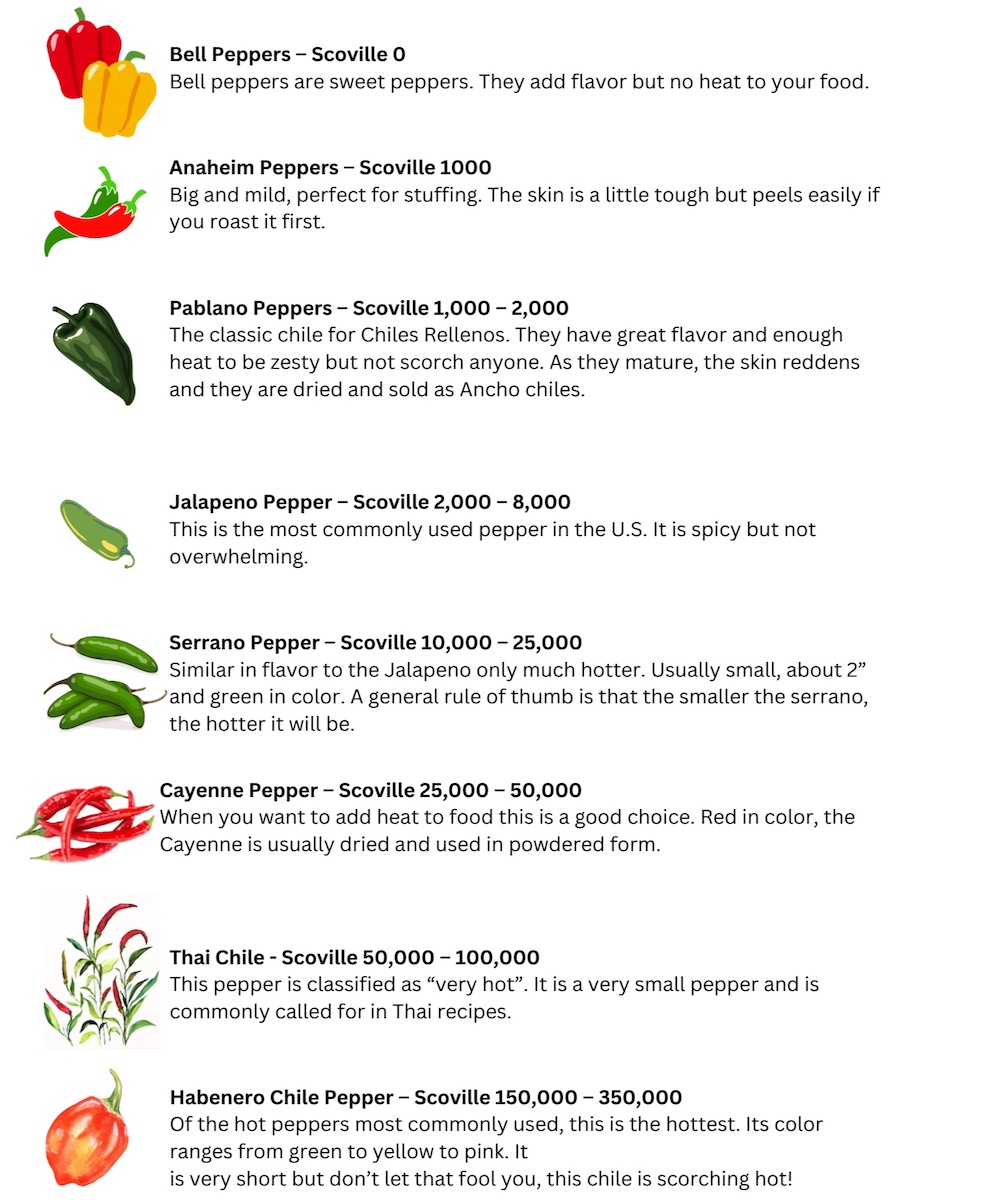 Other peppers you will find in the market:
Other peppers you will find in the market: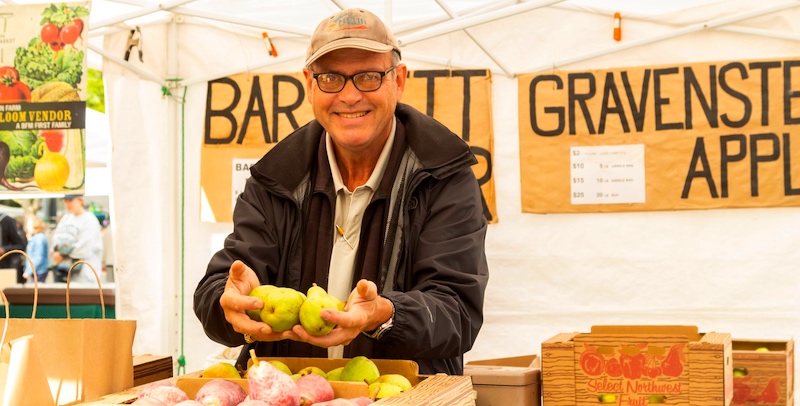





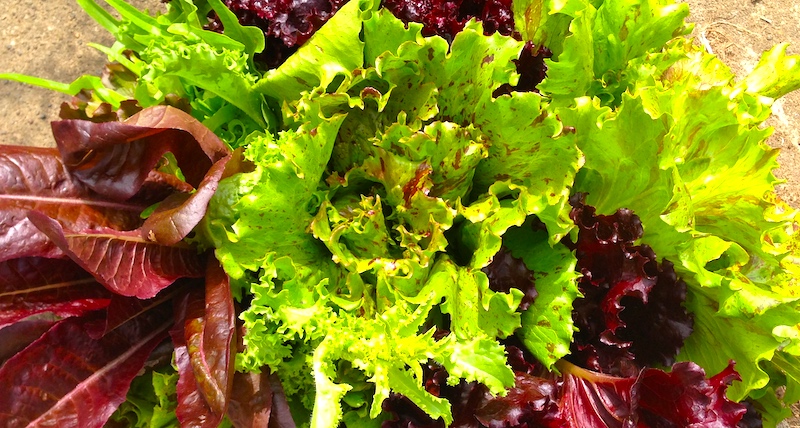


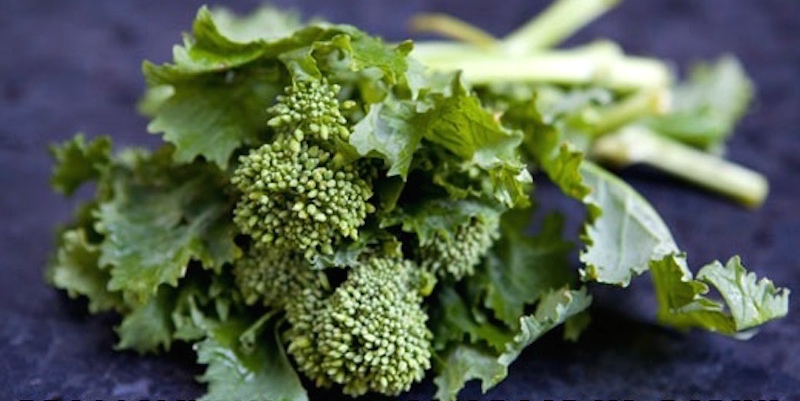
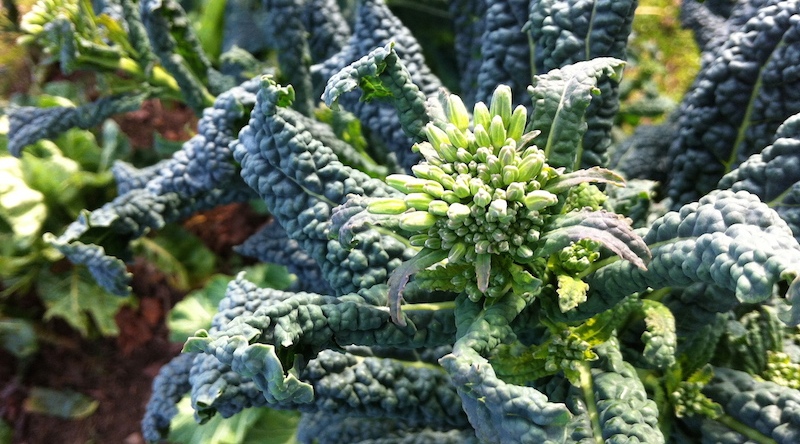

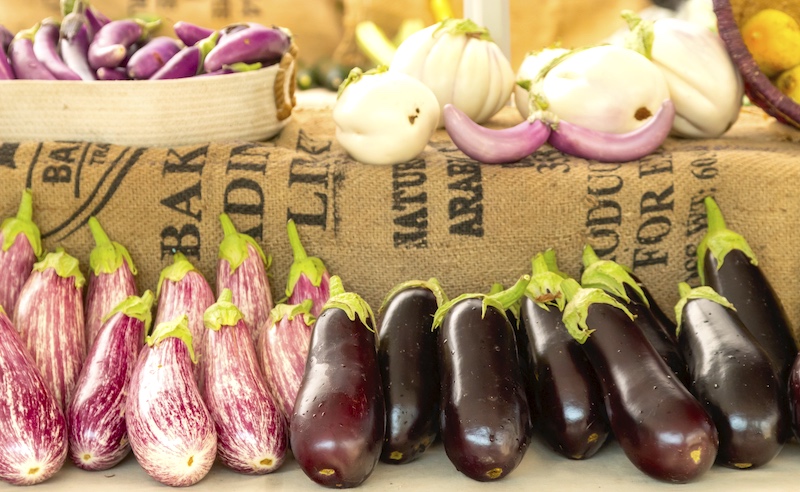
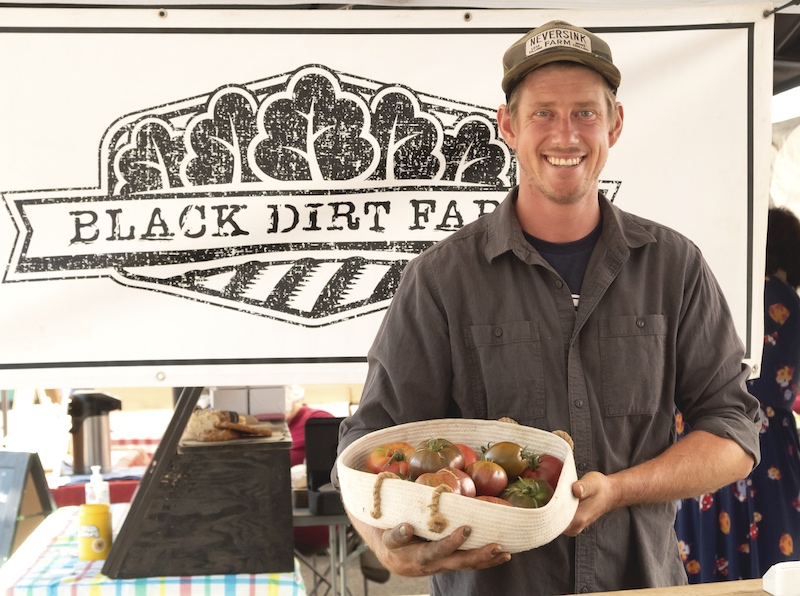
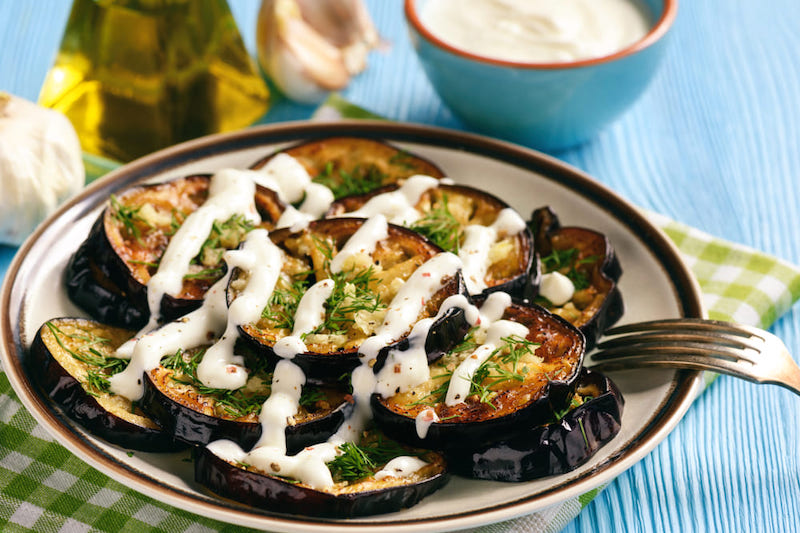
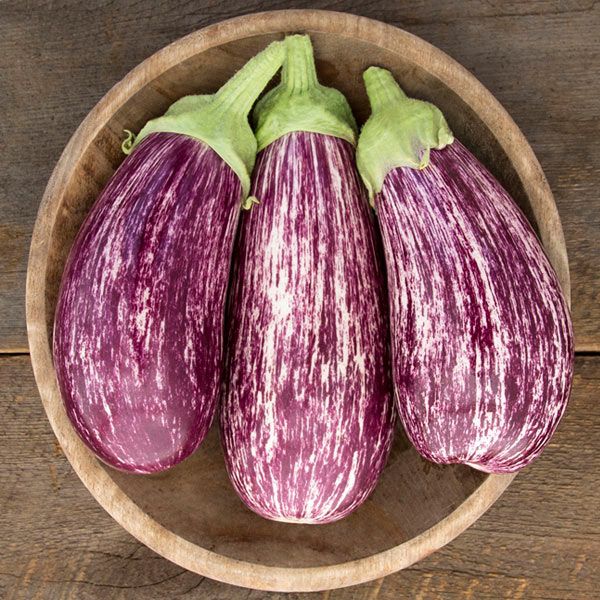


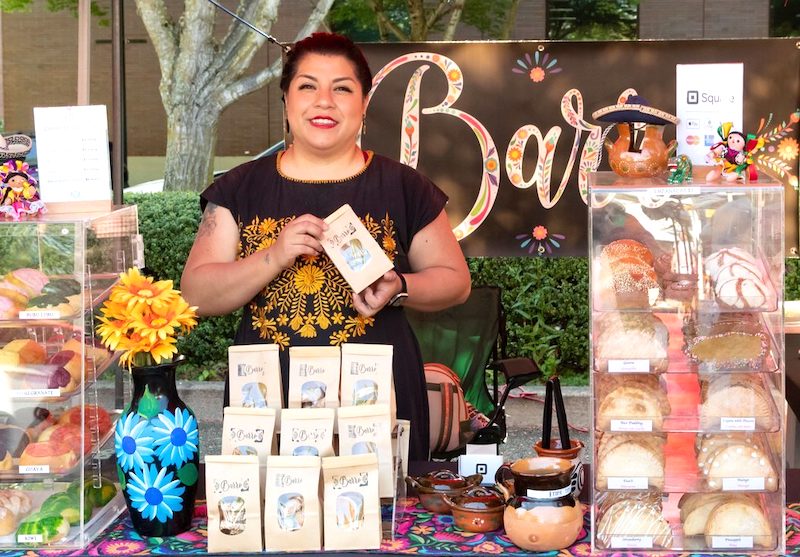
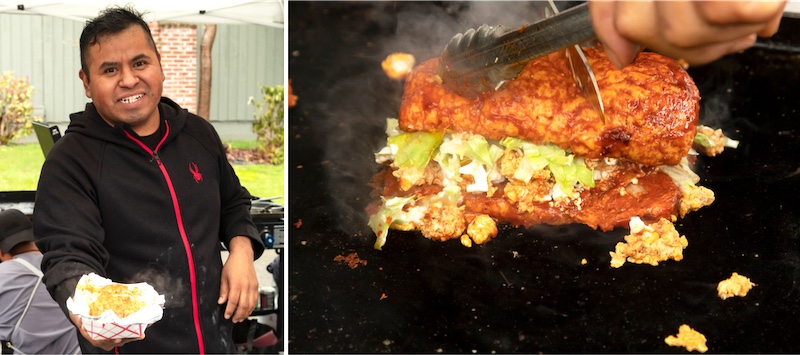



 There are many kinds of meals. There are those that simply feed you, those that feed your soul, and those that are so memorable that they rate right up there with the best experiences of your life. A meal at Joel Robuchon’s in Las Vegas MGM Grand Hotel is such an experience. Robuchon was named “Chef of the Century” by the Gault Millau in 1989 and had 32 Michelin stars, the most of any chef, at his time of death from pancreatic cancer in 2018.
There are many kinds of meals. There are those that simply feed you, those that feed your soul, and those that are so memorable that they rate right up there with the best experiences of your life. A meal at Joel Robuchon’s in Las Vegas MGM Grand Hotel is such an experience. Robuchon was named “Chef of the Century” by the Gault Millau in 1989 and had 32 Michelin stars, the most of any chef, at his time of death from pancreatic cancer in 2018.  So it is with great enthusiasm that Ginger embraces the hot new trend shepherded to fame by TikTok creator Justine Doiron: The Butter Board. Most of you are familiar with charcuterie boards—tasty combinations of meats and cheeses, along with complementary accompaniments such as fruits and nuts that make for great snacking and conversation when served among friends and family. Well, a Butter Board is a similar concept, only the main attraction is the excellent quality butter that has been creatively enhanced and surrounded by pieces of bread and crackers.
So it is with great enthusiasm that Ginger embraces the hot new trend shepherded to fame by TikTok creator Justine Doiron: The Butter Board. Most of you are familiar with charcuterie boards—tasty combinations of meats and cheeses, along with complementary accompaniments such as fruits and nuts that make for great snacking and conversation when served among friends and family. Well, a Butter Board is a similar concept, only the main attraction is the excellent quality butter that has been creatively enhanced and surrounded by pieces of bread and crackers.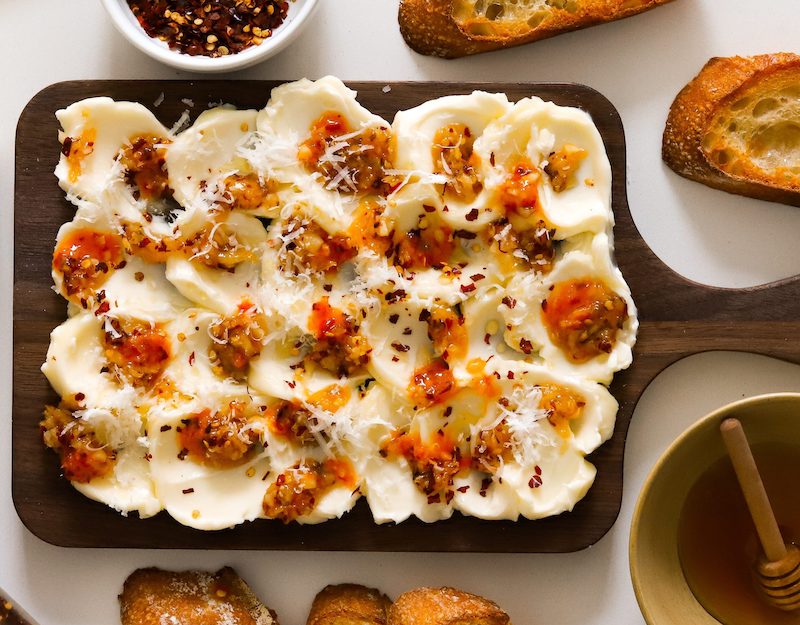 The thing that is so wonderful about this idea is that it is relatively simple to prepare, and you can get as creative as you want with the combinations of ingredients. First, you start with fabulous butter. Do not skimp here! Here at the Beaverton Farmers Market, we are lucky to have the gorgeous butter made by our friends at
The thing that is so wonderful about this idea is that it is relatively simple to prepare, and you can get as creative as you want with the combinations of ingredients. First, you start with fabulous butter. Do not skimp here! Here at the Beaverton Farmers Market, we are lucky to have the gorgeous butter made by our friends at